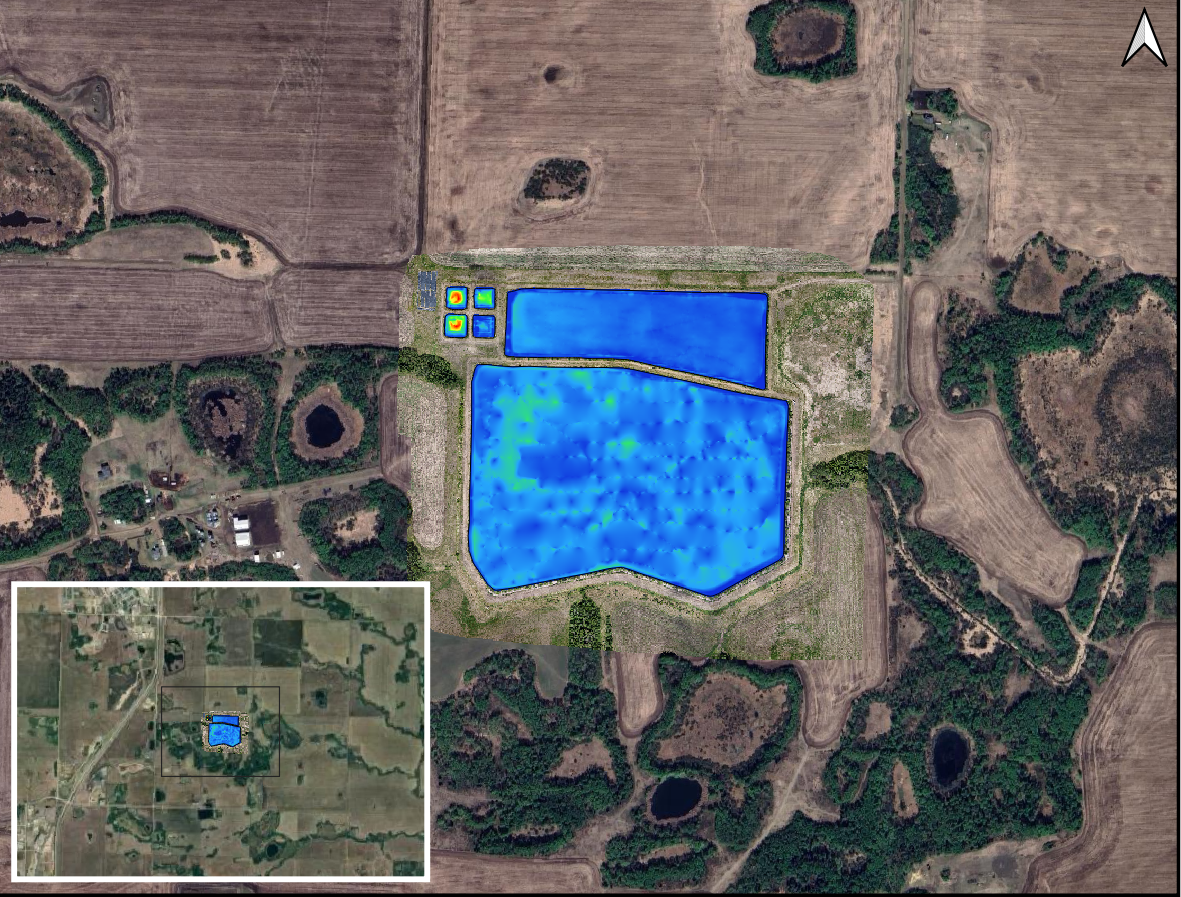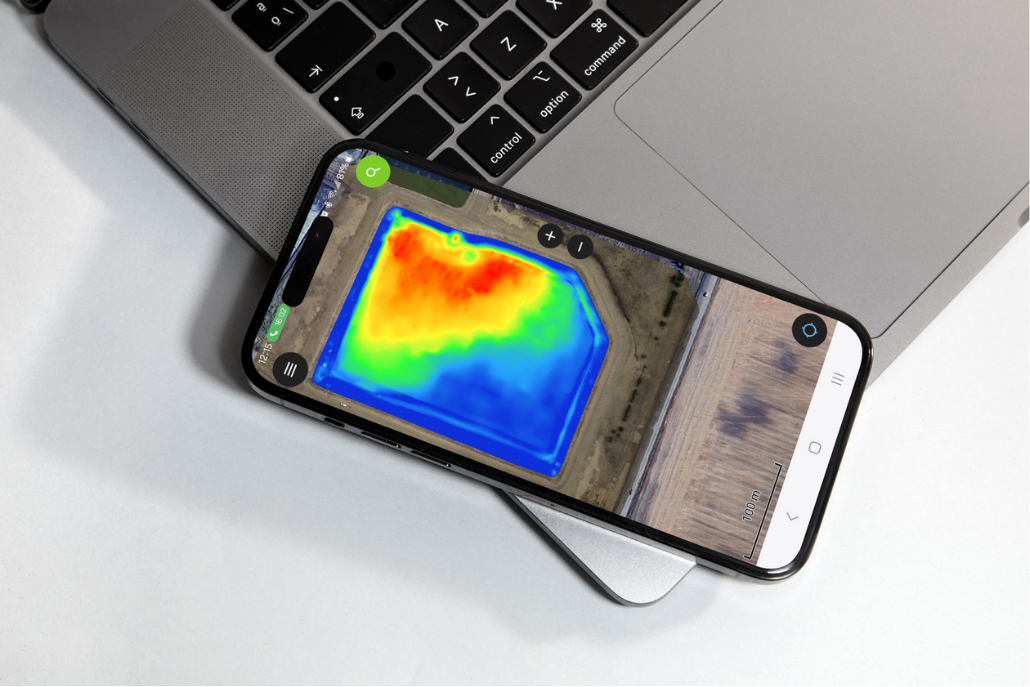Proactive Management: How Aquatera Utilities Uses Data to Build a Sustainable Maintenance Strategy
Highlighting a proactive approach to managing community water and wastewater facilities, Aquatera Utilities Inc. sought to build a comprehensive lagoon management strategy. Following a competitive process, Hydrasurvey was selected as the successful bidder to survey sludge and sediment levels across 22 lagoons and raw water cells at five Grande Prairie sites. This critical data provided the foundation for Aquatera's long-term maintenance, dredging, and budgeting plans, ensuring the sustainable management of these essential community assets.
Overview
Recommendations
Hydrasurvey recommended a series of maintenance actions:
Desludging anaerobic and shallow facultative cells with high sludge loading, harvesting aquatic vegetation to reduce organic inputs, repairing berm erosion and damaged fencing, and dredging sediment from critical accumulation zones in raw water ponds.
Developing vegetation control plans to address access issues and reduce biological contributions. Each cell was evaluated for biosolids reuse or landfill disposal in line with Alberta regulatory criteria.
For dredging quality management, Hydrasurvey proposed measures such as contractor visual inspections, dry tonnage verification, post-dredge sludge surveys, and the use of flow meters, geotube monitoring, and dry-down sampling for production tracking, along with third-party oversight to maintain standards.
Additionally, we provided the client with mobile-enabled sludge mapping through an app, enabling personnel to identify high-sludge areas, improve dredging efficiency, strategically apply bioaugmentation, and validate contractor performance in real time.
For each location, Hydrasurvey delivered:
Detailed 3D sludge maps
GIS datasets with mobile ready QField integration
xyz bathymetry files of sludge, liner, and topography
Dewatering polymer recommendations
Geotube testing
PFAS analysis
Disposal recommendations and regulatory compliance summary
Project Deliverables
Project Impact
This lagoon management project empowered the client to:
Prioritize and schedule desludging projects
Optimize capital and operational spending
Meet and prepare for regulatory compliance
Increase lagoon lifespan and hydraulic efficiency
With Hydrasurvey’s support, the client is now equipped with actionable data, a practical maintenance roadmap, and tools to engage qualified dredging contractors confidently.




